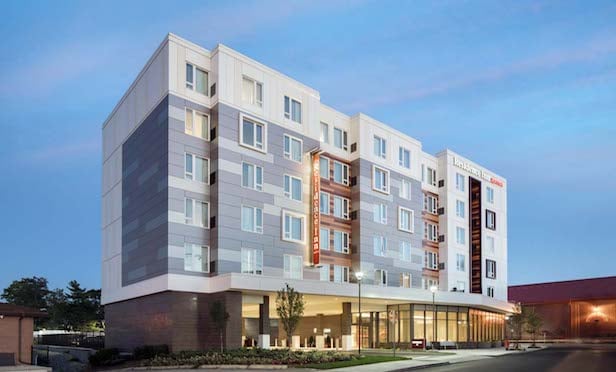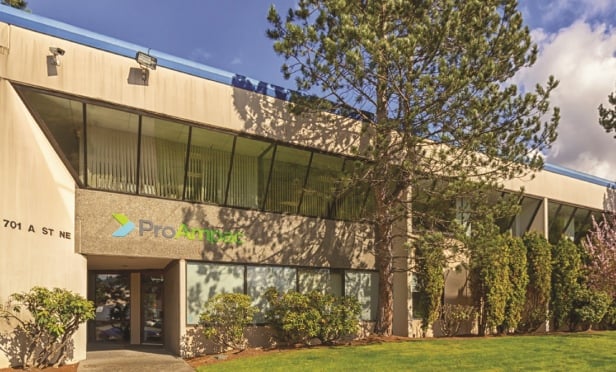MIAMI-It's no secret that investors are flocking to Miami in record numbers. While their investments in hotels on South Beach and condo towers in Downtown garner much of the headlines, we're seeing a significant amount of capital being deployed into the market's industrial sector.
With South Florida's economy becoming increasingly global and never-before-seen levels of infrastructure investment underway, investors from around the world are busy acquiring and developing new warehouse assets and business parks in key submarkets throughout the region.
This activity has catapulted South Florida's industrial real estate sector into the top three markets in the US, alongside Southern California and New York/Northern New Jersey.
Miami's position as the gateway to and from Latin America and the Caribbean, coupled with increasing trade activity with Europe and Asia, has led institutional-grade owners to make significant long-term investments in the area.
In one recent example, a Denver-based, non-traded Industrial REIT announced plans to build a 185,000-square-foot speculative facility that will soon open its doors in Miami's Medley submarket. Currently, there are 10 speculative warehouses under construction in South Florida by the likes of Prologis, DCT Industrial Trust and KTR Capital Partners.
Miami's attractiveness among investors is also being fueled by high barriers to entry, from a geographic perspective. The city is landlocked by Everglades National Park on the west and the Atlantic Ocean on the east, resulting in limited room for new ground-up construction.
International trade is another key driver, with Miami International Airport and PortMiami experiencing escalating trade growth each year since 2009. Miami broke into the top 10 customs districts in the US in 2012, with a record $124.73 billion in trade volume being routed through the area. The airport surpassed New York's John F. Kennedy International Airport as the leading airport for international airfreight in 2011.
This high volume of activity has resulted in average industrial occupancy rates in excess of 90% for more than three years running, according to Jones Lang LaSalle research. Market dynamics indicate this trend should continue for the foreseeable future, eventually topping 95%.
An influx of international capital also gives South Florida a competitive advantage, particularly at a time when major Latin American markets like Brazil and Peru are seeing growth in their middle classes. New trade agreements with partners like Panama and Colombia have also contributed to heightened demand.
All signs indicate that the market's growth is sustainable over the long term. Combined, Miami-Dade and Broward Counties are expected to see more than 2 million square feet of new development in the next 12 to 18 months. However, this new construction represents less than a 1% increase in total supply.
© Touchpoint Markets, All Rights Reserved. Request academic re-use from www.copyright.com. All other uses, submit a request to [email protected]. For more inforrmation visit Asset & Logo Licensing.






